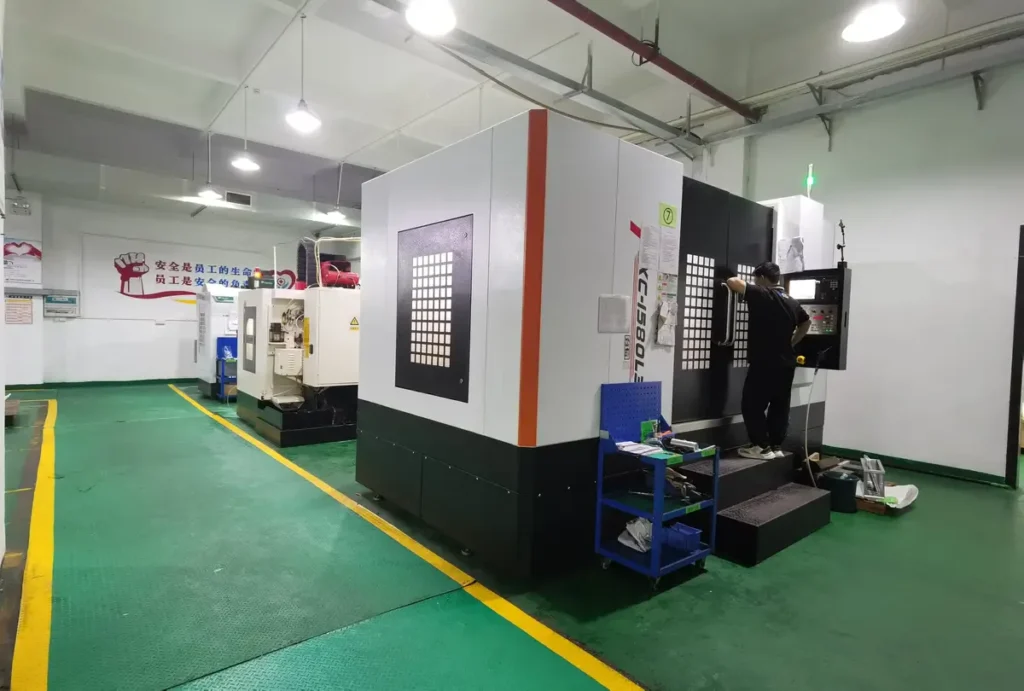
3 axis cnc machining introduction:
3-axis CNC milling uses computer programs to control tool movement along three perpendicular axes (X-axis—left/right, Y-axis—forward/backward, Z-axis—up/down), enabling precise cutting of workpieces. Operators design part models and generate machining paths (G-code) via CAD/CAM software, after which the machine automatically executes cutting tasks along the predefined path.
Compared to multi-axis machines (e.g., 4-axis, 5-axis), 3-axis milling machines feature simpler structures and lower costs. They are well-suited for processing flat surfaces and workpieces with minor curvature, making them an ideal choice for small and medium-sized enterprises and startups.
Application Area Components
Mold Manufacturing: Used to produce injection molds, die-casting molds, etc., ensuring high precision in mold cavities.
Aerospace: Machines lightweight aluminum alloy components such as brackets and housings.
Automotive Industry: Manufactures engine components, transmission system parts, and more.
Medical Devices: Produces high-precision surgical instruments or implant prototypes.
Consumer Electronics: Machines smartphone casings, laptop structural components, and similar items.
Limitations:
Complex Shape Machining Constraints: 3-axis machines struggle with intricate geometries like deep cavities or inclined surfaces. Consider upgrading to 4-axis or 5-axis equipment, or expand capabilities with attachments like indexing heads.
Surface Finish Optimization: Enhance surface smoothness by adjusting cutting parameters (e.g., feed rate, spindle speed) or using finer cutting tools.
